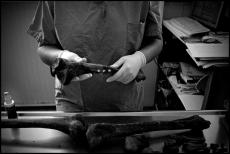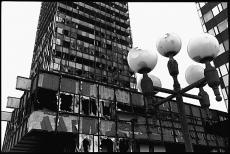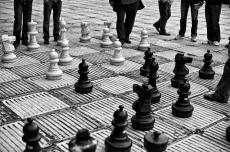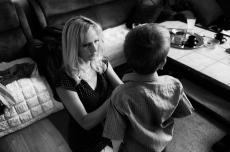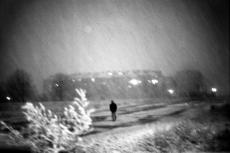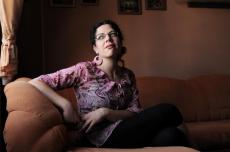In Commemoration of the 20th Anniversary of the Srebrenica Massacre
by Natalia Dobryszycka/Bosnia and Herzegovina
On 11th July 1995 in Srebrenica, a safe zone protected by UN forces, Serbs killed in ethnic cleansing more than 8,000 Bosniak man. A dozen years after the largest genocide in Europe since World War II, mass graves are still being found and exhumed. In the mortuaries, thousands of bodies await identification...
by Glenn Ruga/Bosnia and Herzegovina
During three trips to Bosnia between 1995 and 1997, Glenn Ruga, Frank Ward, and Barbara Ayotte record the stories of people in Bosnia who have survived ethnic cleansing. As they begin to rebuild their lives, refugees, professionals, and government officials talk about their past experiences and...
by Uspecto Agency/Bosnia and Herzegovina
Sarajevo -- capital city of Bosnia and Herzegovina. It's very hard to escape from war time memories when visiting this city. During the Bosnian War, citizens of Sarajevo suffered the longest siege (1992-1995) in modern history. At that time, more than 10 000 people were killed ...
by Cheryl Nemazie/Bosnia and Herzegovina
PTSD was unrecognized in Bosnia and Herzegovina until recently, despite the severe nature of the Serbian conflict: its violence, ethnic cleansing, and relentless siege over a span of years. Renata was 13 years old when the war began. She quickly adapted to life under siege: learning places to avoid...
by alain canaque/Bosnia and Herzegovina
Several thousand child soldiers voluntarily joined military and police units on all three warring sides in the 1992-95 war in Bosnia. Associations of former child soldiers from the former Yugoslavia estimate that around 10,000 people under the age of 18 -- some even as young as ten -- participated...
by Matteo Bastianelli/Bosnia and Herzegovina
A journey into the memory of Bosnia. A dream, an interior image of a lost generation, traces of an imperceptible line between what happened and what could be. Everyday stories of Muslim families, otherwise marked by the war. A continuous voyage of self-awareness amidst the horror of the Srebrenica ...
by Danielle Shitrit/Bosnia and Herzegovina
"The post war period destroyed much more of Bosnia and many more people than the war period. The three years destroyed people in the way of killing them, in the way of losing life. But these 18 years destroyed people in the way of losing purpose" These are the words of a ...

